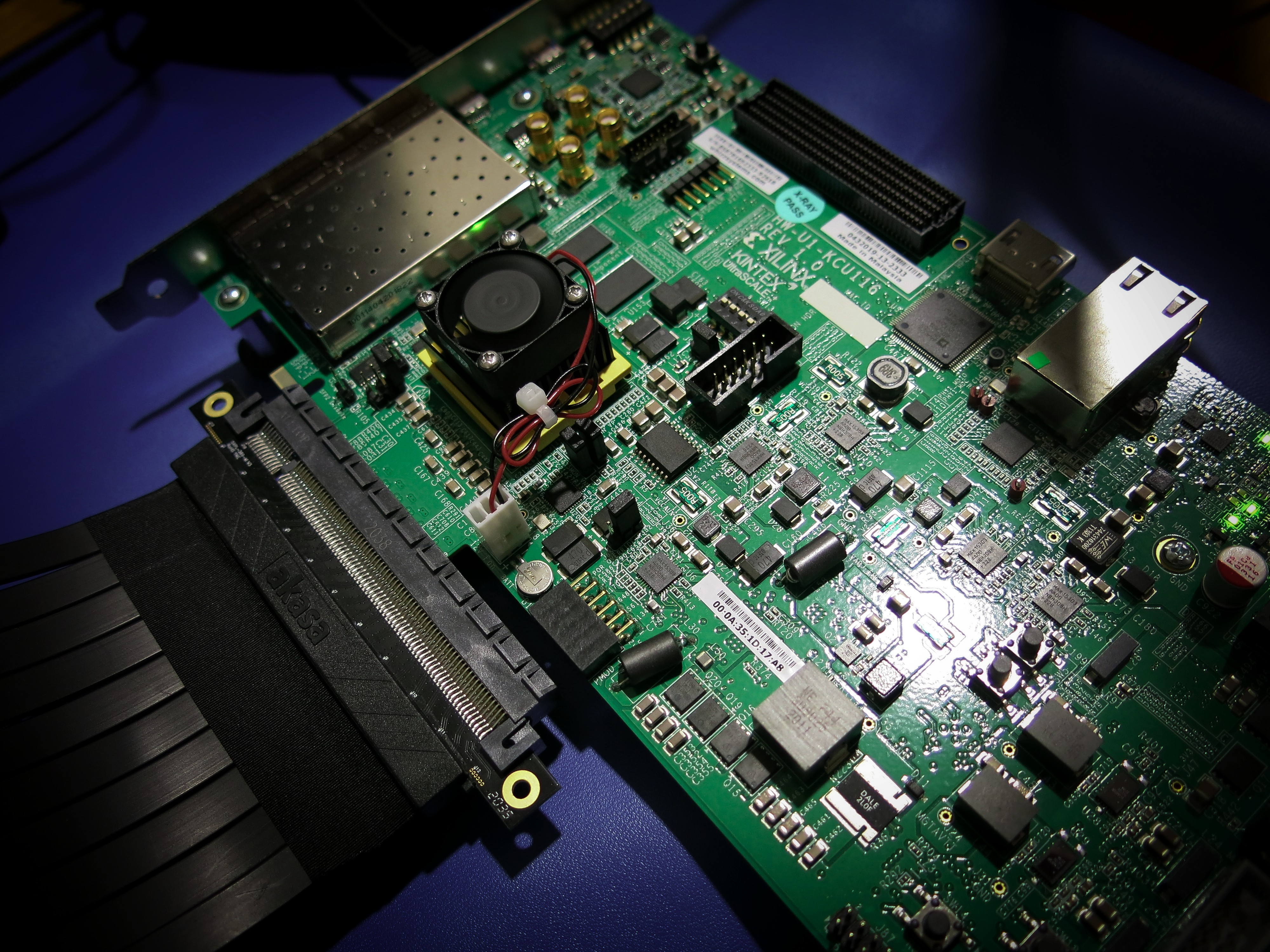 HDMI 1080p Video with KCU116 In order to showcase some of my self-developed IPs dedicated for video processing, I had to choose a proper development platform, that would allow me to quickly prototype and present results (IE reduce time to market). Because the only...
HDMI 1080p Video with KCU116 In order to showcase some of my self-developed IPs dedicated for video processing, I had to choose a proper development platform, that would allow me to quickly prototype and present results (IE reduce time to market). Because the only...
 QSPI Flash Simulation As the title of the post suggests, my intention was to originally write about QSPI (Quad SPI) only, but I would not have likely written about it when everything worked as intended, but as we already know, things are never that simple and the...
QSPI Flash Simulation As the title of the post suggests, my intention was to originally write about QSPI (Quad SPI) only, but I would not have likely written about it when everything worked as intended, but as we already know, things are never that simple and the...
 The most basic setup of simulating/using PCIe on Xilinx FPGA / SoC devices is having a single endpoint (EP) and a single Root Complex (RC). One may accomplish this by instantiating only the base Hard IP Wrappers (Consisting of Physical Layer, Data Link Layer and...
The most basic setup of simulating/using PCIe on Xilinx FPGA / SoC devices is having a single endpoint (EP) and a single Root Complex (RC). One may accomplish this by instantiating only the base Hard IP Wrappers (Consisting of Physical Layer, Data Link Layer and...
 This time, I have decided to create a small and simple demo in order to show how to simulate PCIe interface (Without any DMA or PCIe bridge) for Xilinx devices as the PCIe is slowly becoming a standardized interface for FPGA in most applications from consumer...
This time, I have decided to create a small and simple demo in order to show how to simulate PCIe interface (Without any DMA or PCIe bridge) for Xilinx devices as the PCIe is slowly becoming a standardized interface for FPGA in most applications from consumer...
 The times when designers used to calculate and adjust manually delays across PCBs to match a device’s requirements (Such as a memory or ADC/DAC interface) for a few megatransfers / second are definitely over nowadays. Even though they are still used on some...
The times when designers used to calculate and adjust manually delays across PCBs to match a device’s requirements (Such as a memory or ADC/DAC interface) for a few megatransfers / second are definitely over nowadays. Even though they are still used on some...
 When I started to learn how to write linux kernel drivers, the very first suggestion was to avoid writing them. I dont have the same recommendation for anybody – writing linux kernel drivers requires some additional knowledge, precision and patience, but its not...
When I started to learn how to write linux kernel drivers, the very first suggestion was to avoid writing them. I dont have the same recommendation for anybody – writing linux kernel drivers requires some additional knowledge, precision and patience, but its not...







